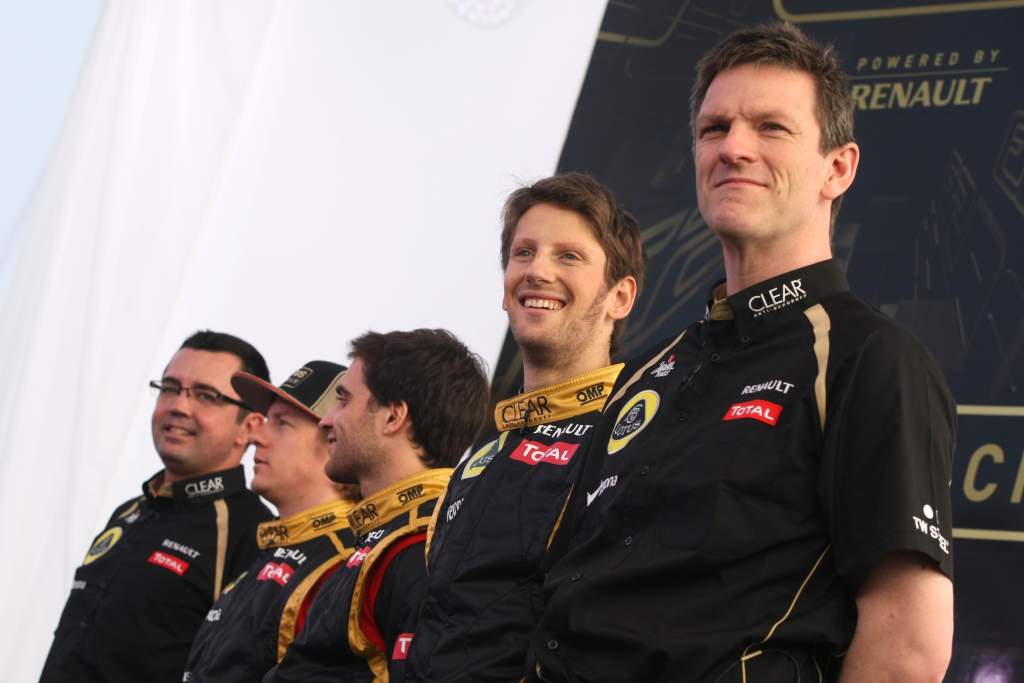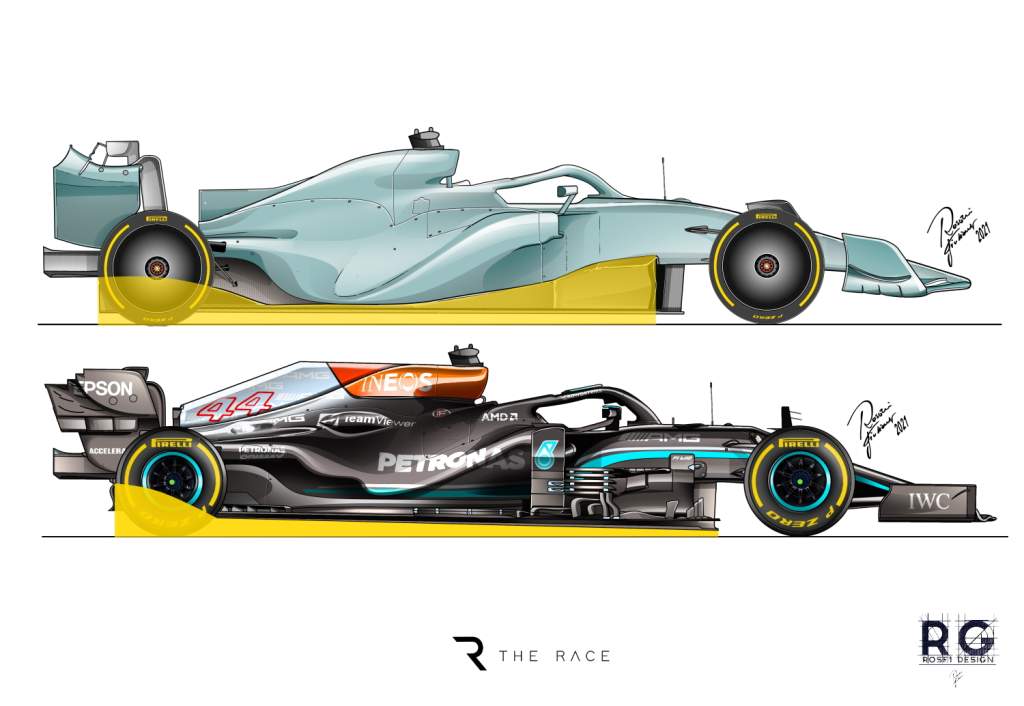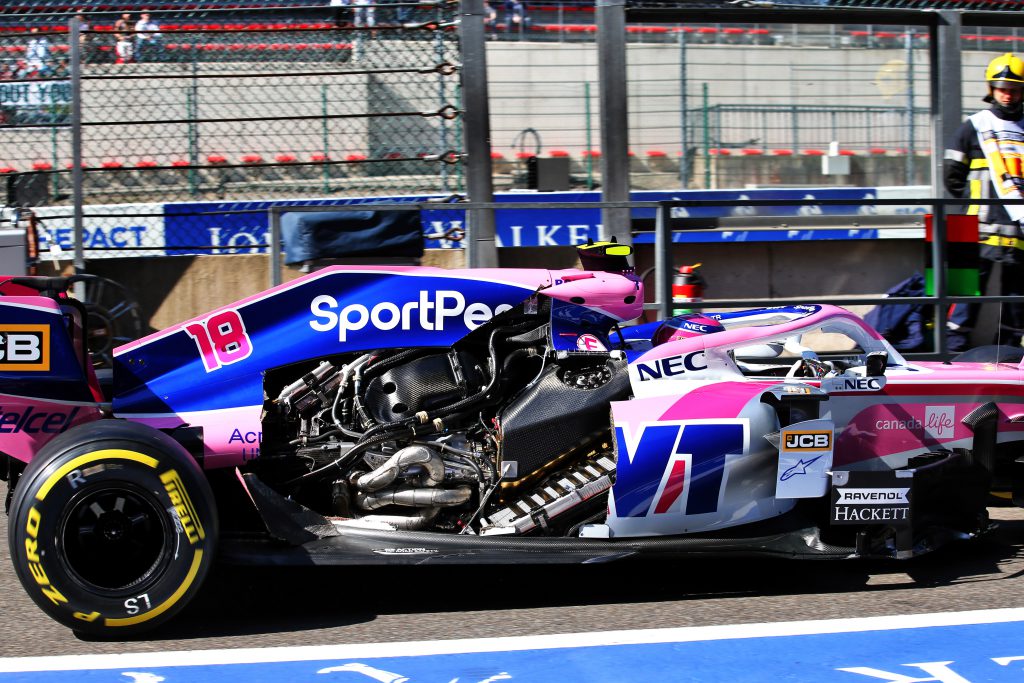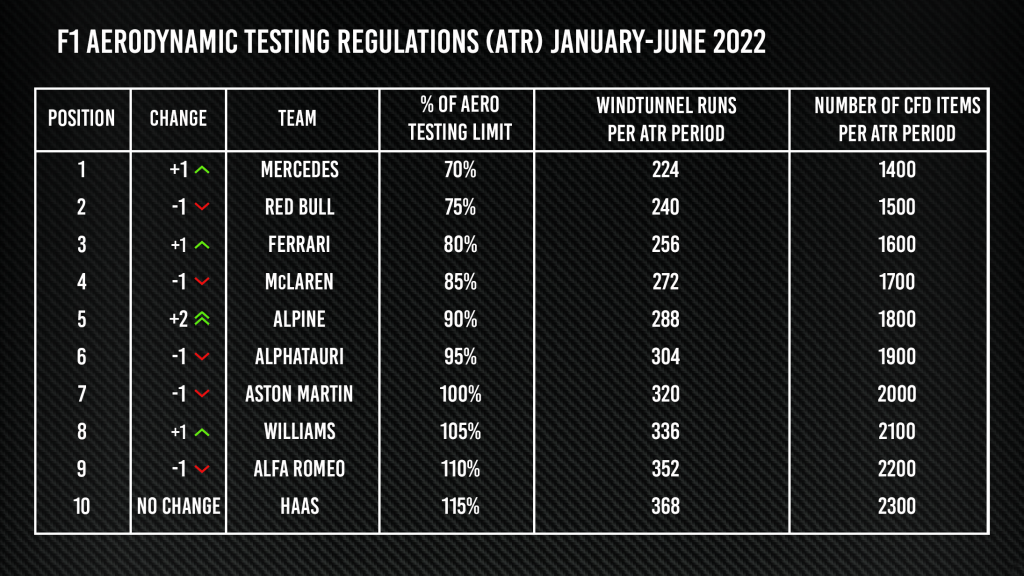One technical boss says describes the 2022 Formula 1 rule changes as the biggest in 40 years, another as the largest he has ever seen, but while everyone agrees the impact is massive, the question of where this stands among F1’s rule overhauls historically is up for debate.
It’s true these new technical regulations are uniquely far-reaching. Big chassis changes have happened in the past, most significantly in the 21st century prior to this the change to wider, higher-downforce cars in 2017 and the change to ‘skinny’ aero rules with wide front wings and narrow, high rear wings in 2009.

But usually, the flat-bottom regulations of 1983 are cited as the biggest in the professional lives of those currently working in F1.
Adrian Newey, whose first job in F1 was with the Fittipaldi team in 1980, has described this year as “the biggest single regulation change we’ve had since the old ground effect venturi cars were banned at the end of 1982”.
His opposite number at Mercedes, James Allison went a step further.
Allison (pictured below at a 2012 Lotus F1 launch) started working in F1 with Benetton in 1991 and describes this year as the biggest technical upheaval he’s been through, adding that “I suspect if I were to dig out Wikipedia and go through every season of the sport that there’s ever been there would be nothing to match the scale of the change that comes with 2022”.

Allison doesn’t claim to be an F1 historian, hence the Wikipedia reference, but he is right. While further back there were significant rule changes, in particular to the engine formula, the nature of the regulations and the freedoms allowed meant that while these could have a big impact the shift is not as big as the more recent ones.
You could argue moves such as the world championship running to F2 regulations in 1952-53 (the F1 rules still existed independently), the cut to 1.3-1.5-litre engines in 1961 or the ‘return to power’ and 3-litre engines in 1966 sent things in a different direction but the impact was not as sudden and dramatic.
The design of cars has become increasingly tight over the years and 2022 is another stride down that path.
Simplification of the top-body aerodynamics with the elimination of the complex bargeboards and the tightly-prescriptive regulations that give very little design room for manoeuvre change not only the look of F1 cars but the whole concept.
Venturi ground effect tunnels down each side of the floor, which accelerate the air to lower the pressure under the car, return – having been outlawed by the aforementioned 1983 flat-bottom rules – meaning the entire airflow regime of the car is transformed. The way it will produce its downforce is fundamentally different, hence the reference to this as a clean-sheet-of-paper design.

Under the skin, there is also enormous change given the shifting packaging demands, as well as the introduction of more standard-supply parts as part of the reclassification of components that is explained in depth here.
Within those rules, there’s even something unique in F1 history – open-source components. The designs for these must be logged on a server accessible by all teams, meaning it’s possible to copy outright, or take and modify, a rival team’s design for certain parts. That’s a significant philosophical change, even if it only covers 17 groups of parts.
There’s also a big change at each of the car’s four corners thanks to the switch to 18-inch wheelrims. While low-profile tyres have been popular on road cars for some time, F1 had stuck resolutely to 13-inch wheelrims so this means a switch to very different rubber this year.
While the power units remain largely the same in technical terms, it is not untouched. There are two significant areas impacted.

The first is the introduction of E10 – so called because 10% of it is renewable ethanol – that last year engine manufacturers found cost around 20hp. It’s not clear how much of this has been regained in subsequent months, but a slight drop in power is likely. It also required design changes in terms of combustion.
The engine freeze that will lock in engine specs not just for 2022, but all the way until the end of ’25, is also significant. This has forced all four engine manufacturers to be aggressive with their development steps this year.
The majority of the power unit components will be homologated at the start of March, between the first and second pre-season tests. The MGU-K, energy store and control electronics are not homologated until the end of September. But thereafter, changes may only be made with permission for reasons of reliability, cost or safety – unless some other special dispensation is given.
The stakes are therefore sky-high for the engine manufacturers because, barring changes, they are stuck with what they have got not just this year, but for the three seasons that follow prior to the planned introduction of F1’s next-generation power unit in 2026.
But it’s the way the wider F1 landscape has shifted that makes this emphatically the biggest shift in history. It’s important to remember that this package of regulations was conceived to tackle F1’s problems across the board and the technical changes should not be separated from those having an impact off track.
While F1’s cost cap, laid out in F1’s financial regulations, was introduced in 2021 it has to be considered part of this set of rules. Only the onset of the COVID-19 pandemic led to the rest of the changes being deferred, and given last year’s was one of adapting to the cost cap – with big teams allowed to work their way down to it on a so-called ‘glidepath’ – this is the first year that the full scope of the impact will be seen.
To add to that, the aerodynamic testing regulations (ATR) get even more strict this year, controlling the windtunnel time and CFD items for all teams but giving those ranked lower in the constructors’ championship more.

Add that to the Concorde Agreement finalised in 2020, which created a more equitable split of the F1 revenue shared by the 10 teams, and it’s clear F1 teams are now operating in a completely different landscape.
All of these factors combine to make this the most wide-ranging and impactful set of changes in F1 history. Not only are teams designing, developing and racing very different cars, but they are doing so in profoundly different circumstances.
It remains to be seen if the regulations, which are designed to make the racing better and teams more sustainable and evenly-matched, work. But regardless of how successful they are, no set of rule changes has had so significant and far-reaching an impact as these.

